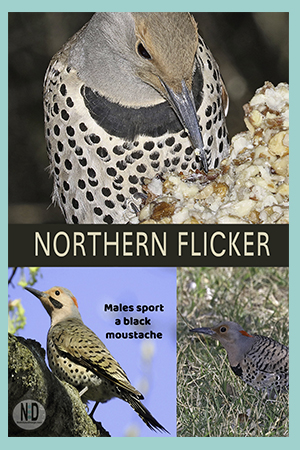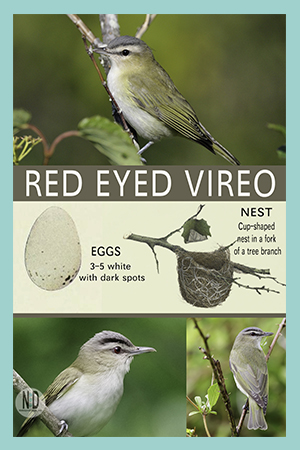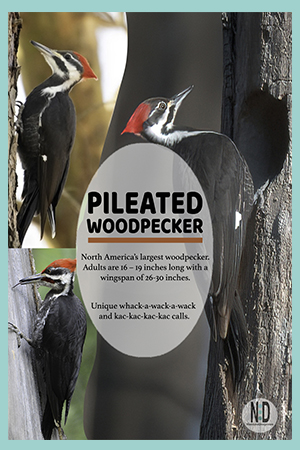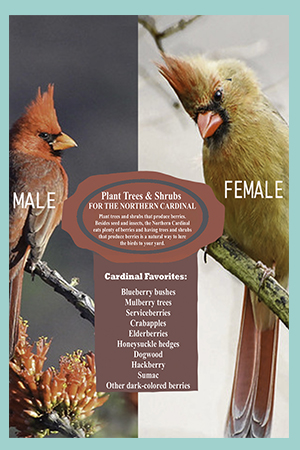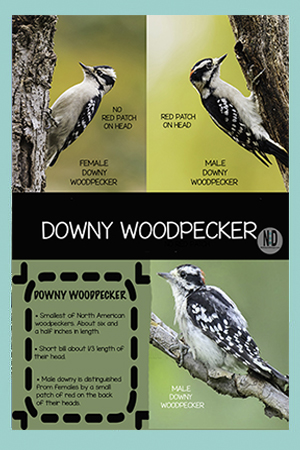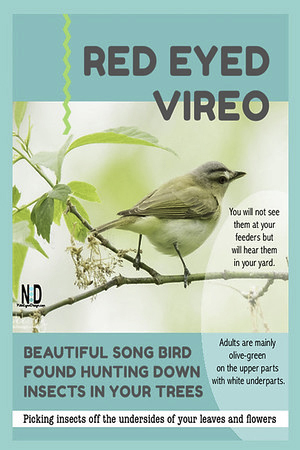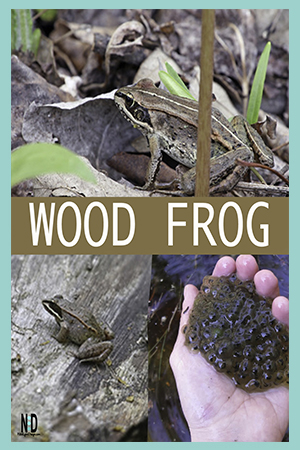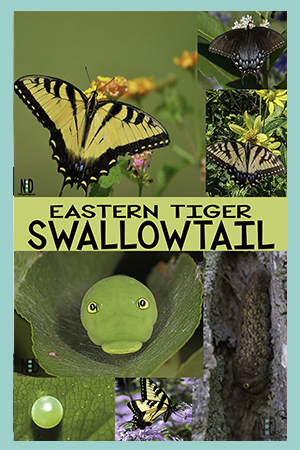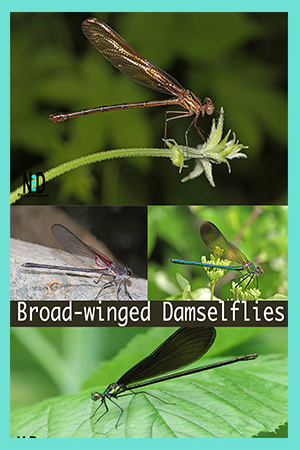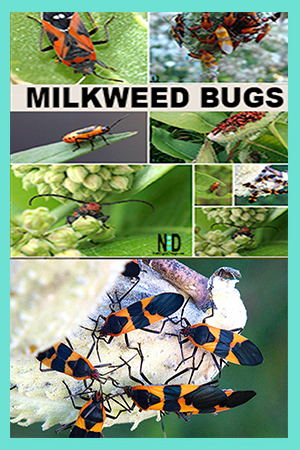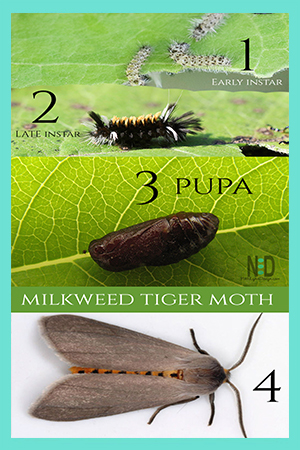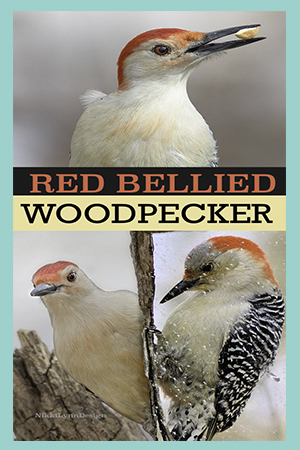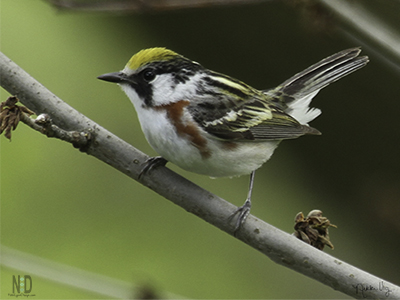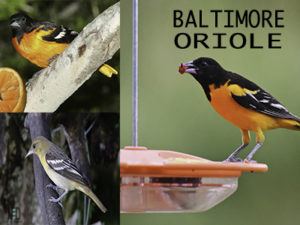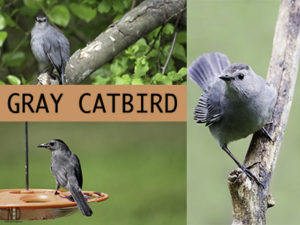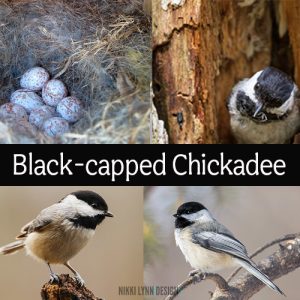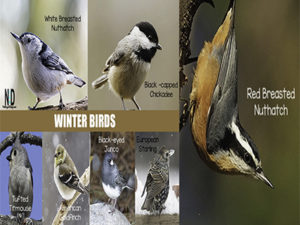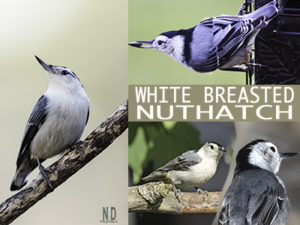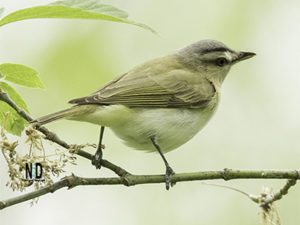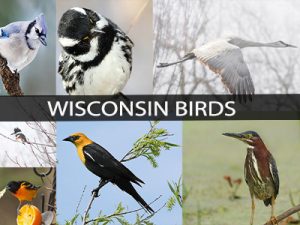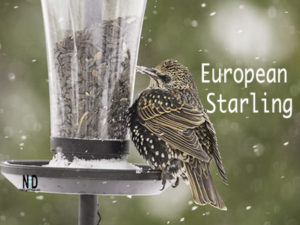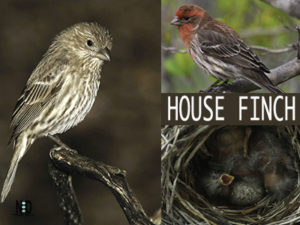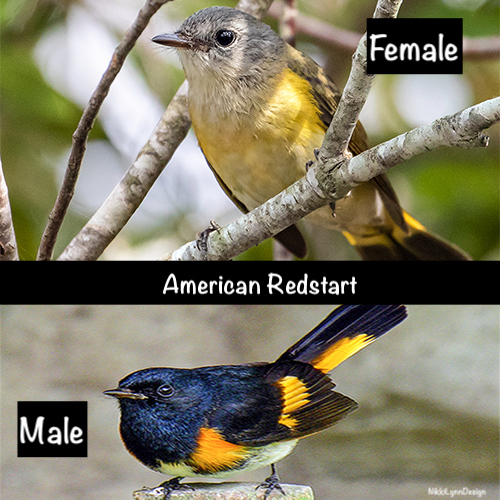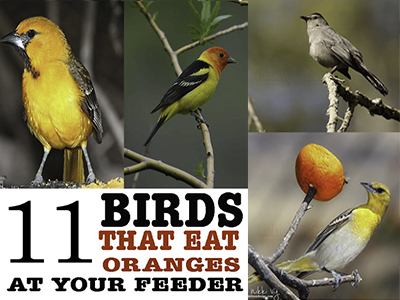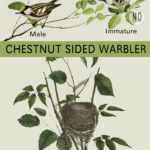The Chestnut Sided Warbler is a fast-moving, yellow, black, brown, and white warbler. Found throughout Wisconsin during the spring through fall.
General Information
The bird arrives in spring in May and stays until the last of September or the first of October. Often seen in abundance during its spring migration. It is also quite common in the fall in some localities.
| Name:: | Chestnut-Sided Warbler |
| Scientific Name:: | Setophaga pensylvanica |
| Family: | New World Warbler |
| Size: | 10 – 14 cm |
| Habitat: | Woodlands |
| Diet: | Insects and berries |
Male
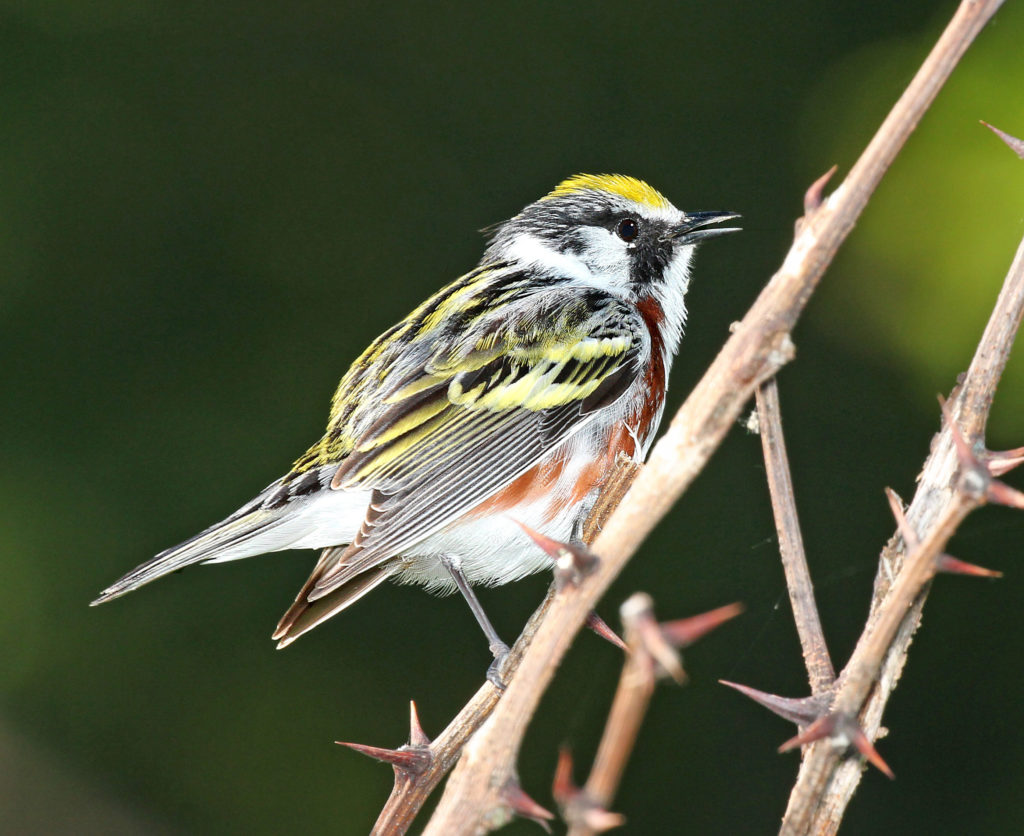
Gray backs with dark streaks, white faces, black eye stripes with yellowish-greenish crowns. Their bellies are white, with chestnut flanks. They sport two white wing bars.
Female
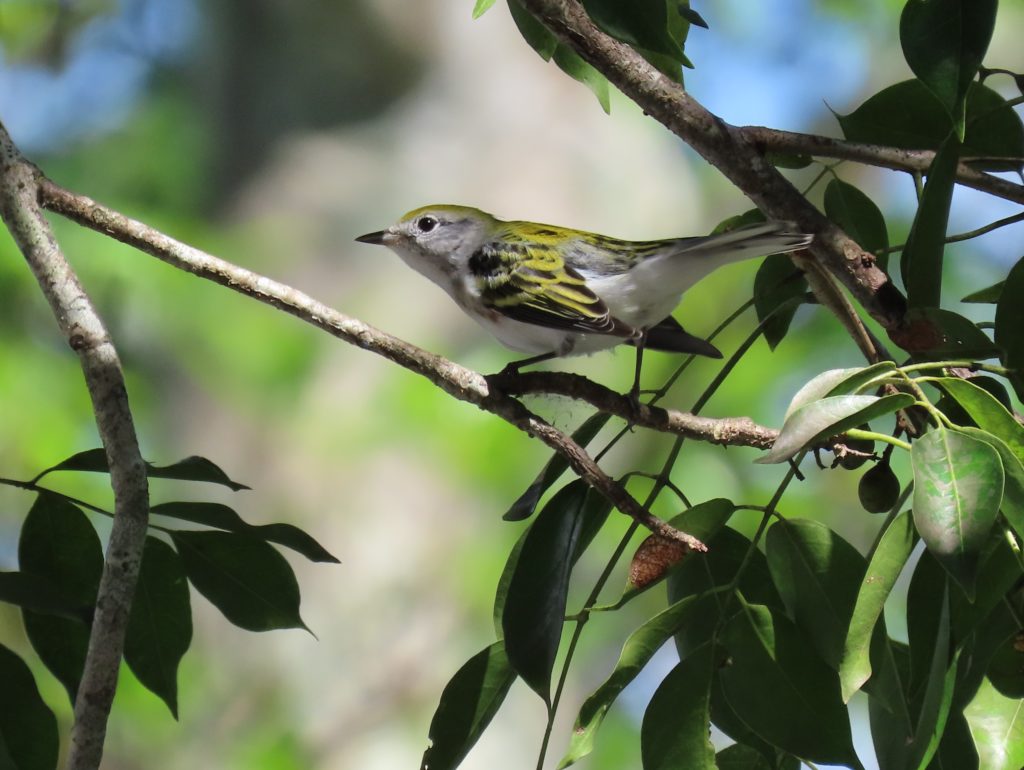
Females resemble washed-out versions of the summer male coloring and lack the strong yellow coloring on the head.
Nesting Info
Their breeding habitat consists of forested areas across North America and as far south as Central America.
| Habitat: | Bush or low sapling in a thicket – sometimes woods |
| Nest Shape | Cup shape in the fork of a tree |
| Eggs: | 4-5 eggs smooth, pure white eggs. |
| Incubation: | 11-12 days |
| Fledging: | 10 to 12 days but they hang around mom begging for food for a month |
General Nesting Info
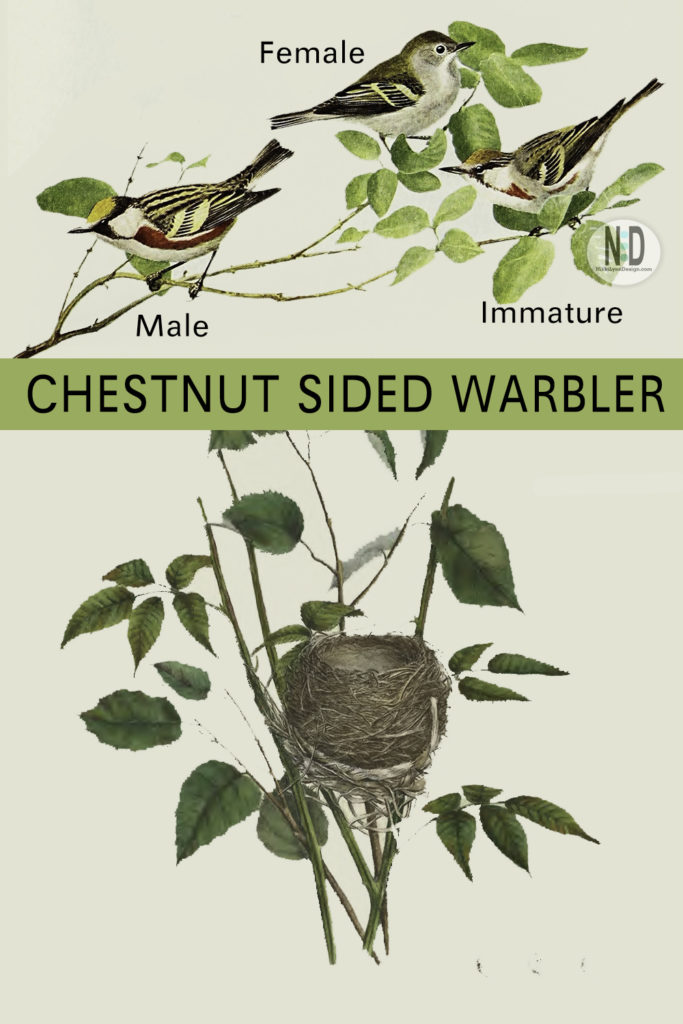
Chestnut-sided warblers build nests during the month of June and rear a single brood during the season. As a site for a nest, it generally selects a bush or low sapling in a thicket, about the border of the timberland where it makes its home; but occasionally a similar position is chosen in the interior of the woods.
The site is commonly a fork, formed by two or more slender twigs, either twigs from the same stem or branches which accidentally cross each other. In such a crotch, about three or four feet from the ground, and well concealed by thickly clustered leaves, the materials are carried which are dexterously worked into one of the most beautiful and substantial specimens of woodland architecture.
The number of eggs in a set is either four or five, usually four. Shells vary from nearly pure white to a slightly creamy tint, and occasionally even to a faintly greenish or bluish tint.
Additional Posts
